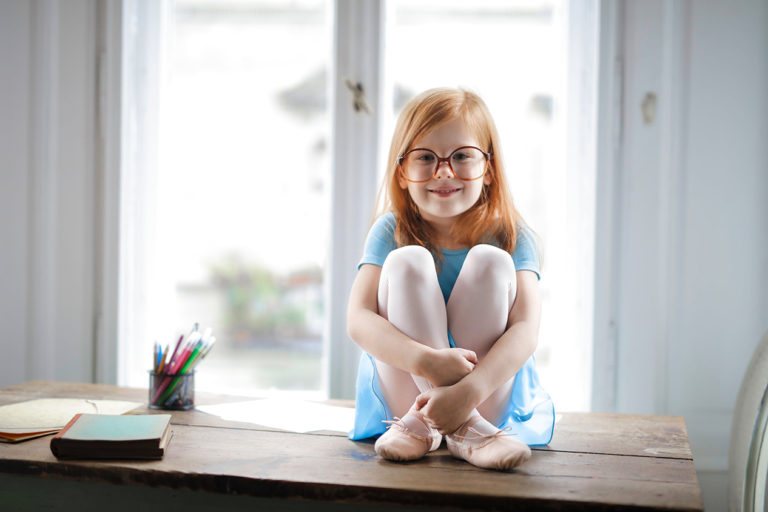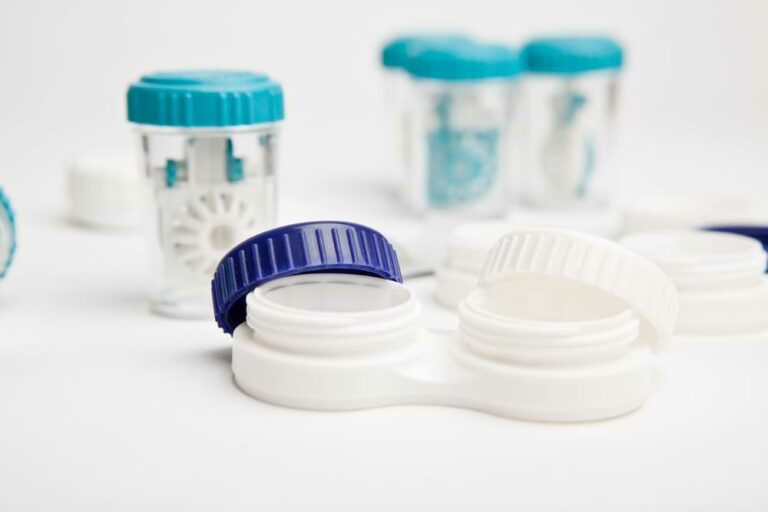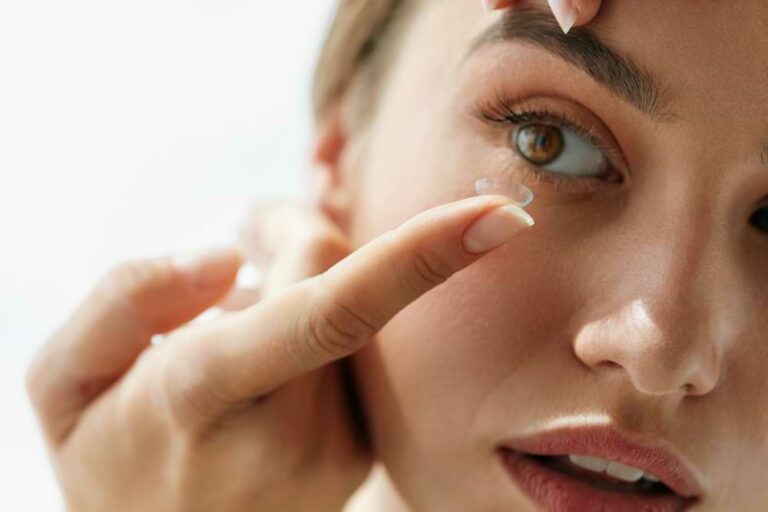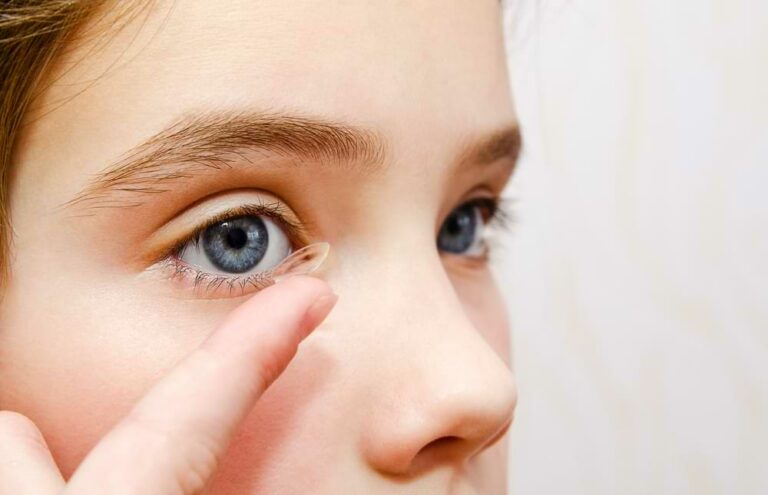
Ortho-K Lenses: 15 Frequently Asked Questions
To help you understand the opportunities now available with orthokeratology, we’ve put together a list of frequently asked questions that we often get from patients.

The rate of child myopia (short-sightedness) is increasing at an alarming rate worldwide, doubling throughout just a single generation. Could your child be short-sighted?
It’s predicted that 50% of the world’s population will be myopic by 2050 (compared to 28% in 2010)
In Australia, Myopia has doubled in 12-year-olds in just 6 years. It is projected that by 2020, Myopia will affect about 36% of Australians
What is Myopia?
Myopia is an eye condition also known as short-sightedness or near-sightedness, which causes people to have difficulty seeing distant objects clearly. Being short-sighted occurs when the light coming into your eyes focuses in front of, instead of exactly on your retina. Often, this condition is picked up in early childhood, around 10-12 years of age, and becomes noticeable when kids start to squint when trying to see the whiteboard.
What is Causing the Epidemic?
Myopia is understood to be caused by both genetic and environmental factors. The reason for the significant rise in myopia is believed to be largely environmental and correlates with the reduced time our children (and their eyes) are spending outdoors. Experts believe that exposure to sunlight causes a hormone to be released which helps to control the growth of the eye. Without this hormone, the eye grows too quickly, resulting in myopia. The more time our children are spending indoors (and we know this is at an all-time high), the greater the risk to healthy eye development.
Earlier Onset Myopia = Long Term Risk
Research has highlighted that the average age for developing myopia is reducing. This earlier onset of myopia can cause long term risks, including an increased risk of developing advanced myopia and other eye diseases later in life, such as retinal detachment, myopic macular degeneration and glaucoma. All of these conditions are difficult to treat in their advanced form and can cause significant vision loss and blindness.
3 Ways to Minimise Your Child’s Risk
There are many treatment options available, including special lenses that not only treat the symptoms but can curb the progression of myopia.
You can read more about these lenses here:
Orthokeratology – special corrective lenses which are worn overnight – is another option that has shown success in children.
Optometrist Parramatta has the time to spend with you and your child to provide a highly personal and thorough eye examination, discuss the treatment options, and make the most appropriate recommendations for their vision.

To help you understand the opportunities now available with orthokeratology, we’ve put together a list of frequently asked questions that we often get from patients.

Have you ever wondered if you’re cleaning and storing your Ortho-K lenses properly? Improper use of Ortho-K lens solutions for cleaning and storage may lead to serious eye infections.

With proper technique, inserting and removing Ortho-K lenses is not as intimidating as you might imagine. Book a consultation to learn more.

Learn about Ortho-K lens side effects and choose the best option for healthy eyes. Book a consultation today.

How does Ortho-K combat myopia and is an Ortho-K fitting right for your child? Learn more & book a consultation.

Discover how you or your child can achieve clear vision with Ortho-K lenses in Sydney. Book a 360 Eye Examination.